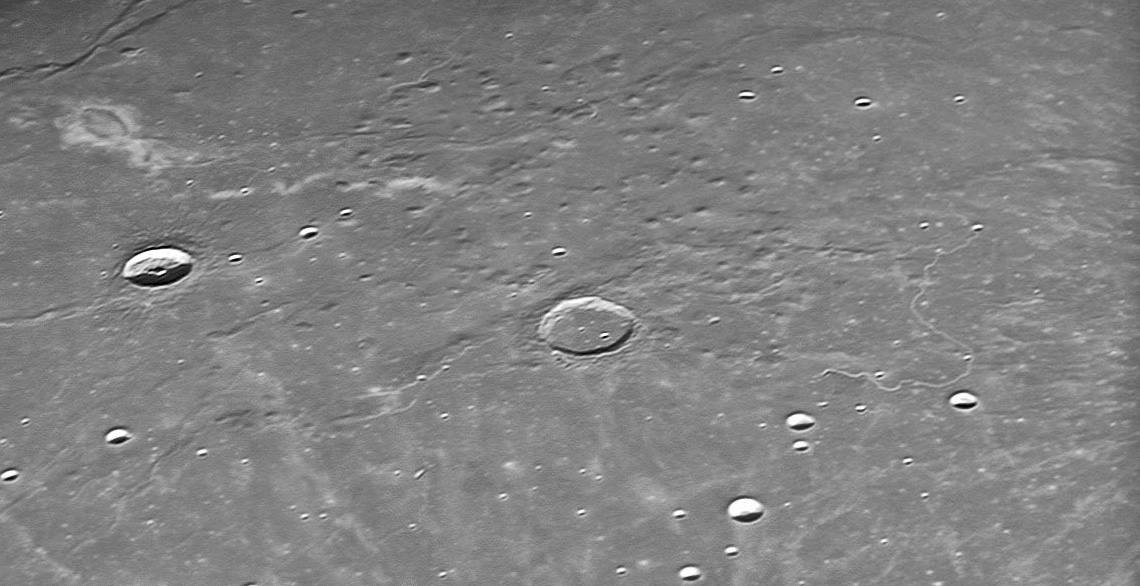Difference between revisions of "January 8, 2011"
| Line 3: | Line 3: | ||
<!-- ws:start:WikiTextHeadingRule:0:<h1> --> | <!-- ws:start:WikiTextHeadingRule:0:<h1> --> | ||
<!-- ws:start:WikiTextLocalImageRule:6:<img src="/file/view/LPOD-Jan8-11.jpg/191784346/LPOD-Jan8-11.jpg" alt="" title="" /> -->[[File:LPOD-Jan8-11.jpg|LPOD-Jan8-11.jpg]]<!-- ws:end:WikiTextLocalImageRule:6 --><br /> | <!-- ws:start:WikiTextLocalImageRule:6:<img src="/file/view/LPOD-Jan8-11.jpg/191784346/LPOD-Jan8-11.jpg" alt="" title="" /> -->[[File:LPOD-Jan8-11.jpg|LPOD-Jan8-11.jpg]]<!-- ws:end:WikiTextLocalImageRule:6 --><br /> | ||
| − | <em>image by [mailto:jeromegrenier@free.fr | + | <em>image by [mailto:jeromegrenier@free.fr Jérôme Grenier], France</em><br /> |
<br /> | <br /> | ||
In September 1971, Apollo 17 landed in the Marius Hills volcanic complex, finally collecting the samples <br /> | In September 1971, Apollo 17 landed in the Marius Hills volcanic complex, finally collecting the samples <br /> | ||
| Line 19: | Line 19: | ||
when we get back to the Moon.<br /> | when we get back to the Moon.<br /> | ||
<br /> | <br /> | ||
| − | <em>[mailto:tychocrater@yahoo.com | + | <em>[mailto:tychocrater@yahoo.com Chuck Wood]</em><br /> |
<br /> | <br /> | ||
PS - I really do like the place where Apollo 17 actually landed - the Taurus-Littrow Valley!<br /> | PS - I really do like the place where Apollo 17 actually landed - the Taurus-Littrow Valley!<br /> | ||
| − | PPS - This is a repeat of a classic LPOD from nearly 5 years ago - [http://www.lpod.org/?m=20060121 | + | PPS - This is a repeat of a classic LPOD from nearly 5 years ago - [http://www.lpod.org/?m=20060121 Jan 21, 2006]. I hope some great <br /> |
new telescopic images reach me soon so that the Earth view of the Moon returns to LPOD!<br /> | new telescopic images reach me soon so that the Earth view of the Moon returns to LPOD!<br /> | ||
<br /> | <br /> | ||
| Line 30: | Line 30: | ||
<strong>Related Links</strong><br /> | <strong>Related Links</strong><br /> | ||
Rükl plate [http://the-moon.wikispaces.com/R%C3%BCkl+18 18] & Rükl plate [http://the-moon.wikispaces.com/R%C3%BCkl+29 29]<br /> | Rükl plate [http://the-moon.wikispaces.com/R%C3%BCkl+18 18] & Rükl plate [http://the-moon.wikispaces.com/R%C3%BCkl+29 29]<br /> | ||
| − | [http://adsabs.harvard.edu/cgi-bin/nph-bib_query?bibcode=2003JGRE.108c....3H&db_key=AST&data_type=HTML&format=&high=43075382cd09706 | + | [http://adsabs.harvard.edu/cgi-bin/nph-bib_query?bibcode=2003JGRE.108c....3H&db_key=AST&data_type=HTML&format=&high=43075382cd09706 Volcanism on the Marius Hills plateau: Observational analyses using Clementine multispectral data.]<br /> |
Heather, David J.; Dunkin, Sarah K.; Wilson, Lionel; Journal of Geophysical Research (Planets), Volume <br /> | Heather, David J.; Dunkin, Sarah K.; Wilson, Lionel; Journal of Geophysical Research (Planets), Volume <br /> | ||
108, Issue E3, pp. 3-1, CiteID 5017, DOI 10.1029/2002JE001938<br /> | 108, Issue E3, pp. 3-1, CiteID 5017, DOI 10.1029/2002JE001938<br /> | ||
<br /> | <br /> | ||
<hr /> | <hr /> | ||
Revision as of 17:29, 11 January 2015
Apollo 17 - an Alternate Reality

image by Jérôme Grenier, France
In September 1971, Apollo 17 landed in the Marius Hills volcanic complex, finally collecting the samples
that documented the mildly explosive volcanism that formed the small cones… Isn’t that the way you
remember Apollo 17? It could have happened that way because the tentative plan for future Apollo missions
that NASA released just days after the success of Apollo 11, listed the Apollo 17 landing site as the Marius
Hills. What an expedition it would have been! This is the largest volcanic complex on the Moon (neglecting
all the maria, of course) and no one understands why it exists. It appears that the entire area may be slightly
higher than the surroundings, like a miniature version of the Aristarchus Plateau. The Marius Hills includes
hundred of slightly steep hills and flat domes and three sinuous rilles. Spectral studies show that the steep
hills have volcanic ash on them, indicating that explosive eruptions built them. The domes were formed by
non-explosive flows of lava. And the sinuous rilles probably formed from greater rates of flow of lavas. To
the left (south) is the sperm-like Reiner Gamma bright marking. This feature is associated with a strong
magnetic field but seems to have nothing to do with the Marius Hills. There will be lots of things to learn
when we get back to the Moon.
Chuck Wood
PS - I really do like the place where Apollo 17 actually landed - the Taurus-Littrow Valley!
PPS - This is a repeat of a classic LPOD from nearly 5 years ago - Jan 21, 2006. I hope some great
new telescopic images reach me soon so that the Earth view of the Moon returns to LPOD!
Technical Details
18 December 2005, 8″ SCT Meade + Atik camera + Ir pass filter; 170 stacked images.
Related Links
Rükl plate 18 & Rükl plate 29
Volcanism on the Marius Hills plateau: Observational analyses using Clementine multispectral data.
Heather, David J.; Dunkin, Sarah K.; Wilson, Lionel; Journal of Geophysical Research (Planets), Volume
108, Issue E3, pp. 3-1, CiteID 5017, DOI 10.1029/2002JE001938



